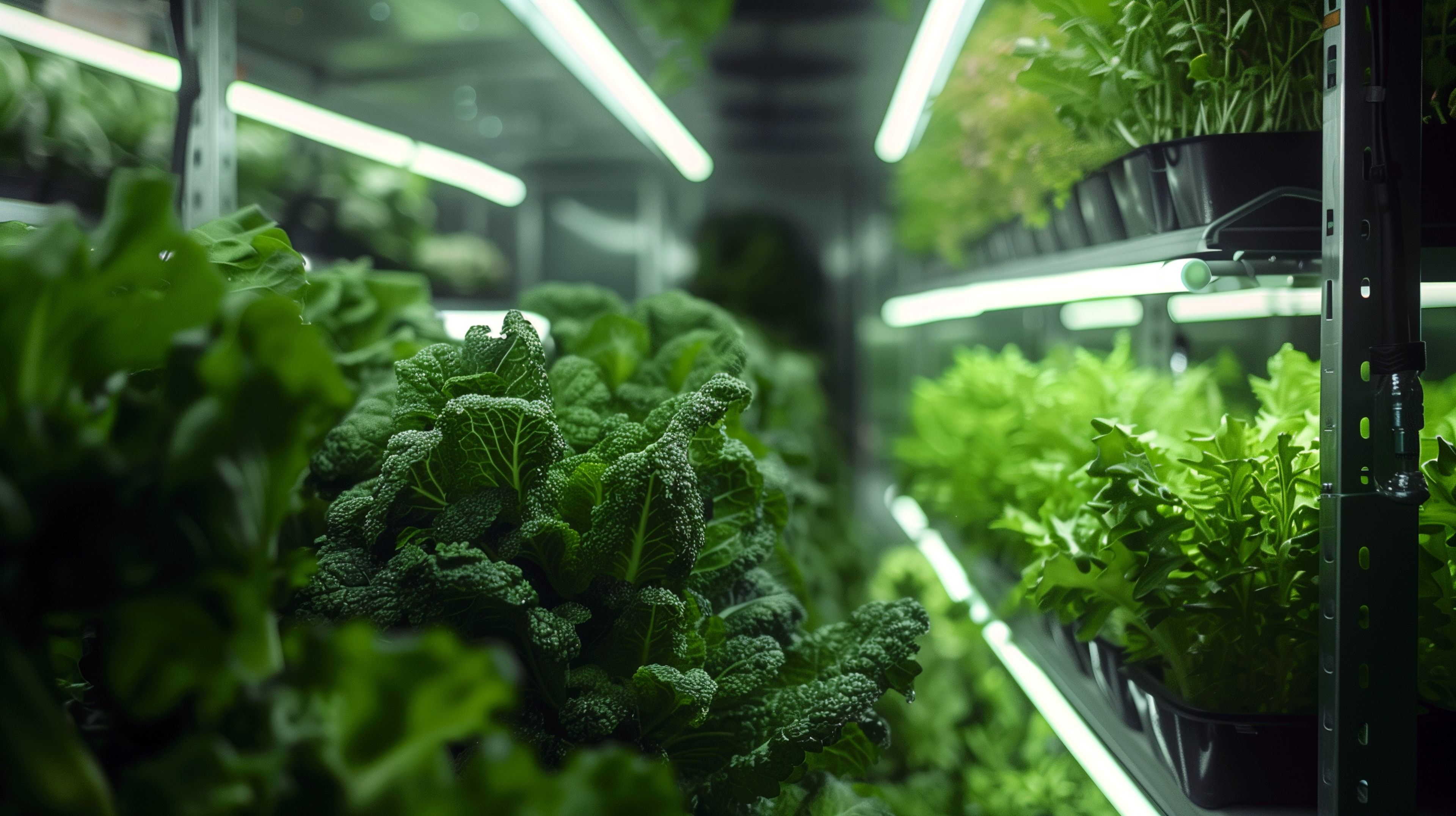NSW is the ideal location for establishing Controlled Environment Horticulture (CEH) facilities due to its large population and economy, driving strong demand for domestic produce.
By 2050, an additional two billion people will require food and complementary medicine options. While yield and efficiency improvements in outdoor growing models will meet some of this demand, intensified horticulture models will fill the gaps. Growing food and complementary medicine products in CEH facilities can increase overall supply by extending seasonal production while controlling for quality and external environmental impacts.
NSW's central location ensures a maximum travel time of 24 hours to capital cities, providing access to 81% of Australia's population overnight. The state's diverse climatic zones support various horticultural crops, and its established agricultural and thriving food and beverage industries are bolstered by a robust cold chain logistics network. Additionally, regional NSW offers affordable land options, world-leading R&D facilities, and a skilled workforce in agriculture and related services, supported by extensive vocational training networks.
NSW’s competitive advantage summarised:
Affordable land options for greenfield CEH projects: NSW hosts a range of zoned land options suitable for a variety of CEH projects. There are a range of site options in multiple regions across the state, suitable to different project needs, and are connected via highly efficient freight links. They provide efficient market access to the end-consumer as well as world-leading infrastructure at a fraction of the cost of metropolitan sites.
Optimal climate: NSW experiences high solar irradiation levels (ranging between 15 and 24 megajoules per metres squared). The majority of NSW, outside of the Far West, offers cost-efficient temperature ranges for greenhouse operations (23–27°C by day and 13–16°C at night) and an ideal humidity range (60% - 80%).
Existing freight and cold chain logistics network: The well-connected NSW transport and logistics network, including inland rail freight, roads and airport links, enables CEH products to move rapidly from place-of-origin to adjacent markets reliably and efficiently.
NSW is home to world-leading research and development facilities like the CSIRO and the Department of Primary Industries and Regional Development that support fruit, vegetable, and medicinal plant growing and genetics innovation.
A ready workforce: NSW has more than 60,000 skilled workers in agricultural and agricultural support areas, and a further 60,000 workers in related scientific and technical services. This workforce is supported by one of the world’s largest vocational training networks, TAFE NSW.
Talk to us about controlled environment horticulture opportunities
Contact us
